Blog
- Asteroids
- Blog
- Comets
- DSO
- Eclipse
- Galaxies
- Globular Clusters
- Nebula
- Northern Lights
- Open Cluster
- Planets
- Solar Imaging
- Solar System
- Stellarium
- Supernova
- Tutorials
- Video
- YouTube
- All
-
Sort by:
- Date
- Title
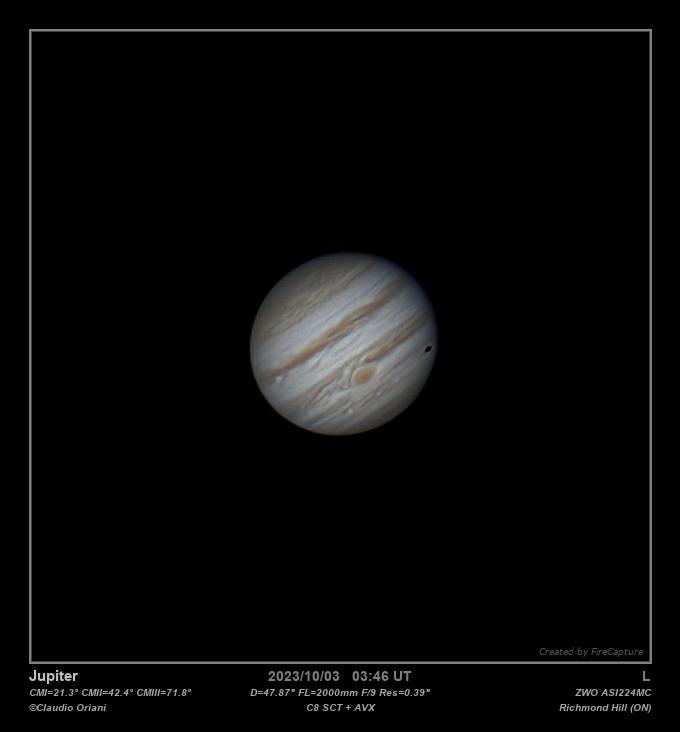
I captured a breathtaking image of Jupiter through my telescope
I spent a night doing planetary imaging despite the weather didn’t seem too good with high and thin clouds everywhere.
Well, it turned out to be my best capture of Jupiter in 2023 and probably one of my best images of Jupiter to date!
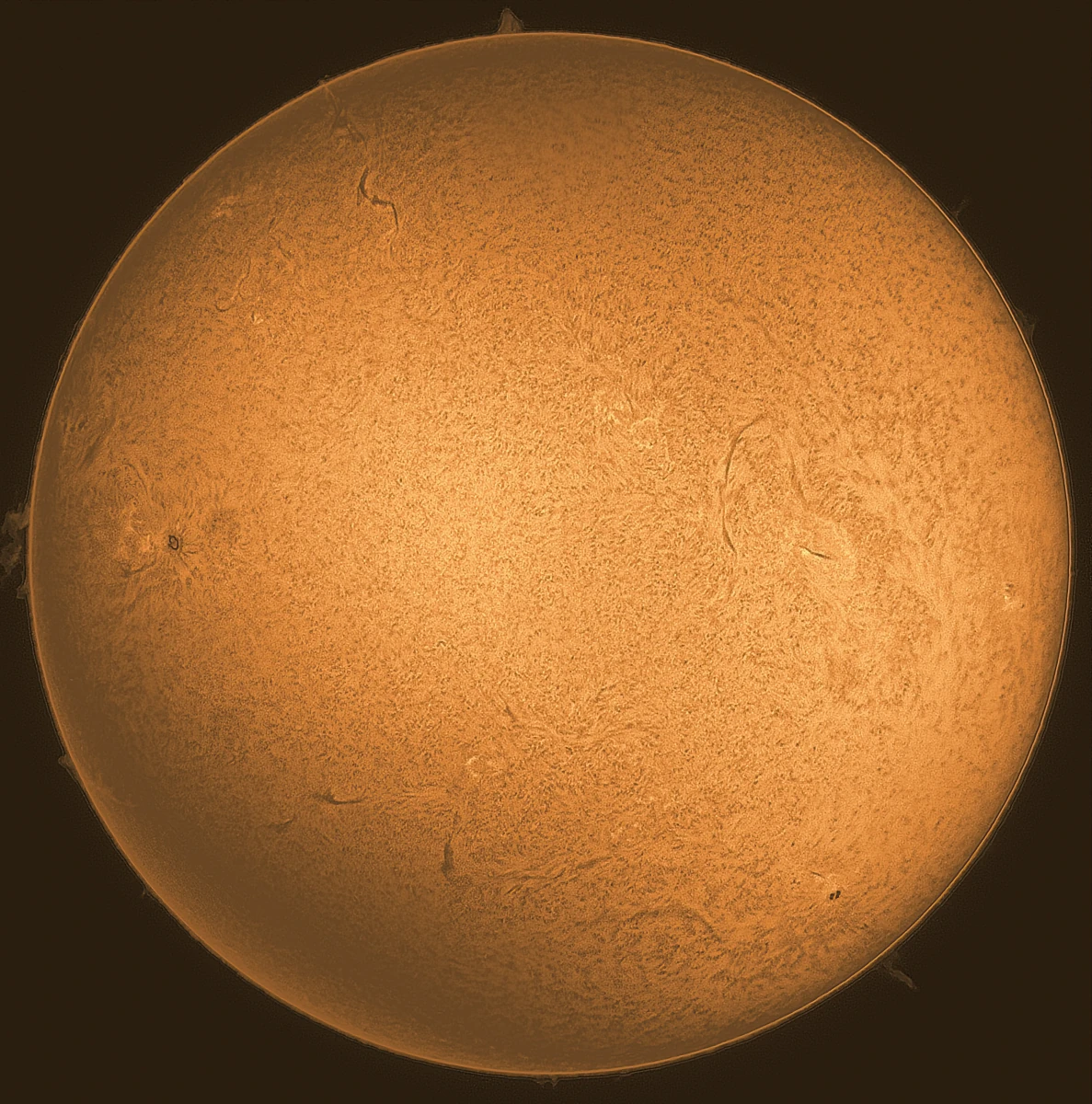
Here comes the Sun (in H-alpha)
I imaged the Sun in H-alpha using a Coronado PST and a ZWO ASI533MC camera. The Coronado PST is an entry-level solar scope with a 40mm diameter that can observe details of the Sun’s “surface”, prominences, and flares. Here is the final processed image.
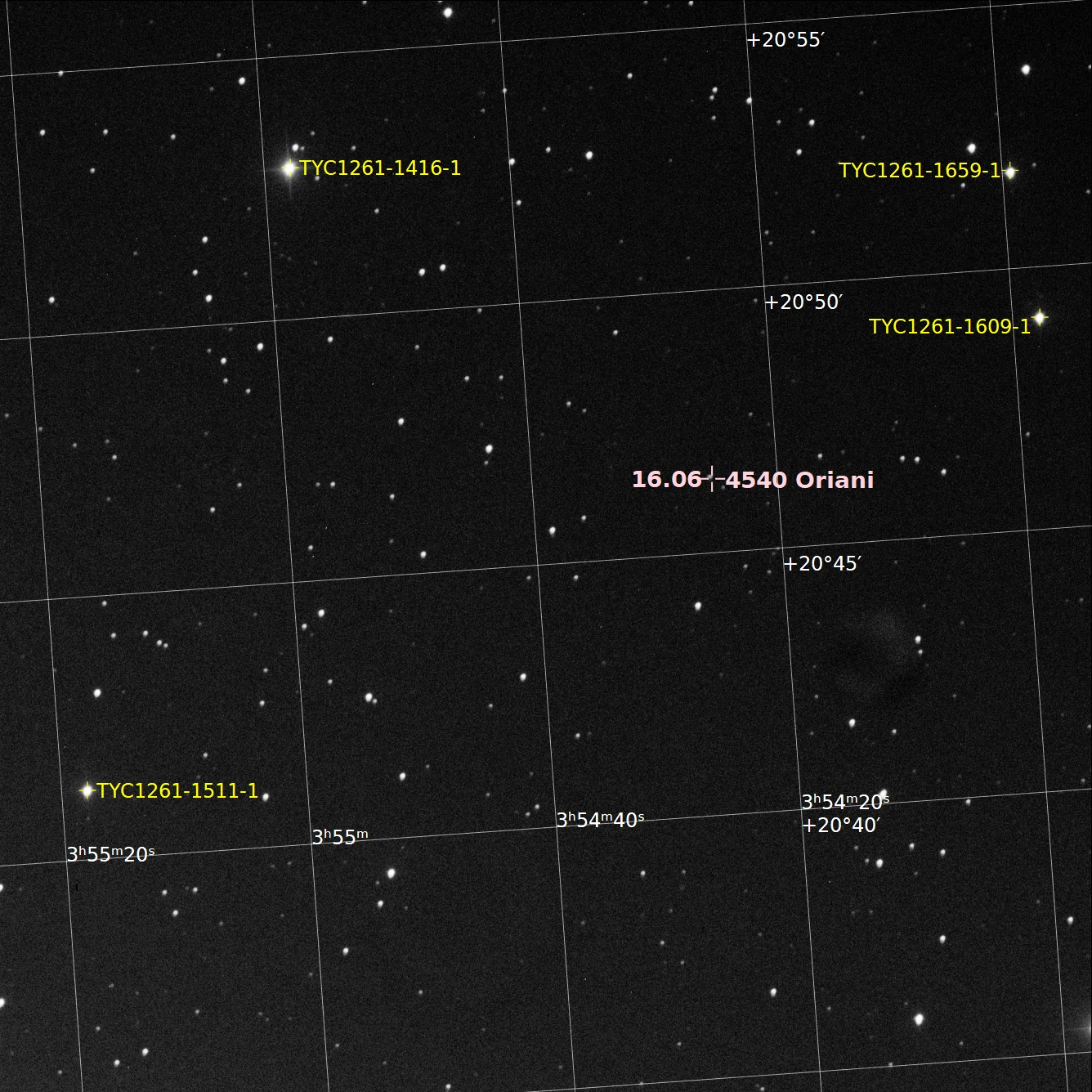
I took an image of an asteroid with my own name
My “own” asteroid (4540 Oriani)!
I imaged it last night with the Robotic Telescope Burke-Gaffney Observatory.
(4540) Oriani is orbiting the Sun between the orbits of Mars and Jupiter. It was discovered at Osservatorio San Vittore in Bologna, Italy in 1988 and it was named after the astronomer Barnabus Oriani.
Do you have an asteroid with your own name?
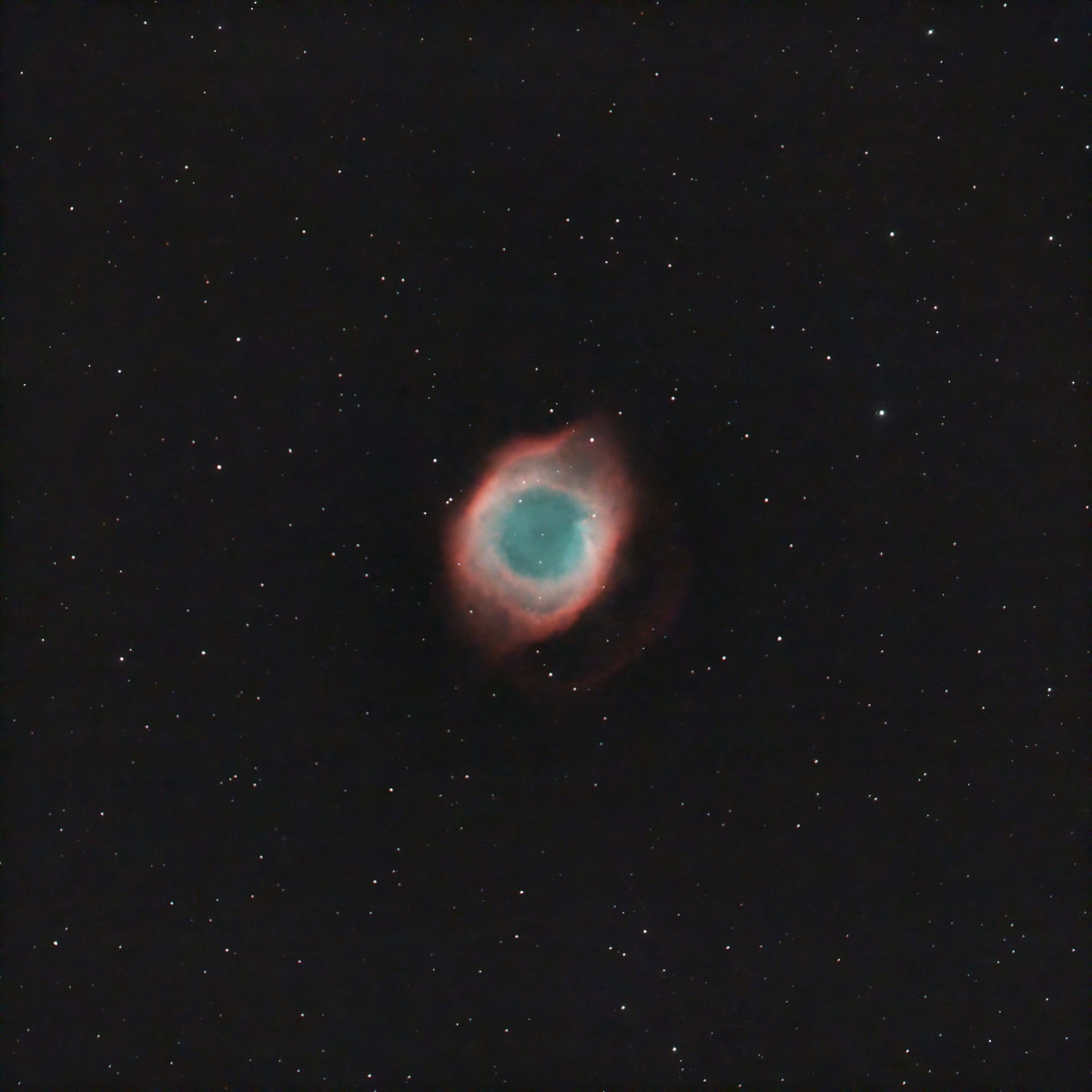
It finally happened: I photographed the Helix Nebula!
I had been waiting to photograph the Helix Nebula for years… Well, on the night of July 22-23, 2023 it finally happened!
The Helix Nebula is a planetary nebula located 650 light-years away in the constellation of Aquarius. It is very low at our latitudes but I nailed it!
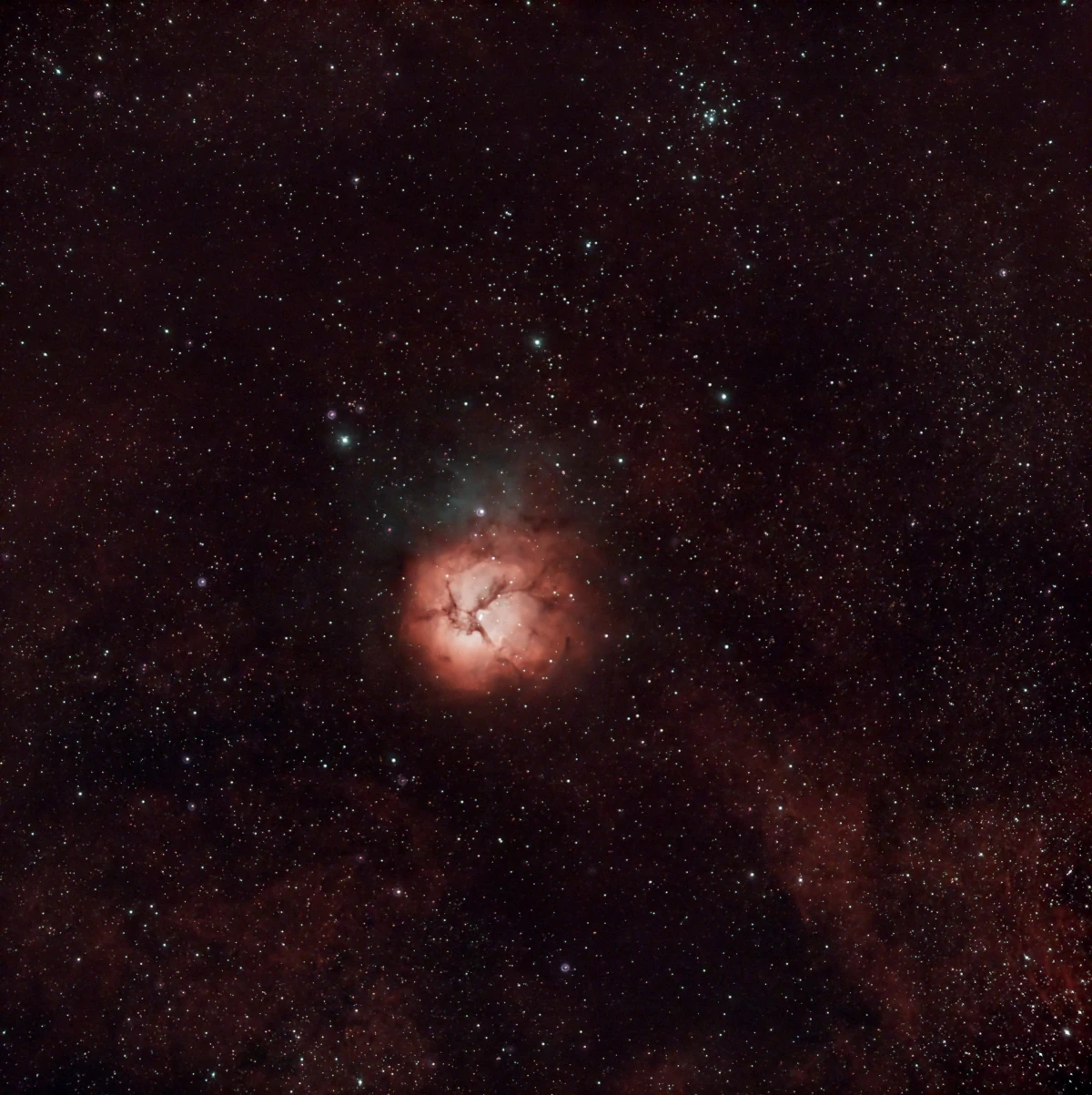
Celestial hiccups and fantastic results: imaging the Trifid Nebula
The Trifid Nebula, located approximately 5,000 light-years away in the constellation Sagittarius, is a breathtaking combination of emission and reflection nebulae. Its shape and colors, ranging from blue to deep red and purple, offer a visual feast for astrophotographers and casual observers.
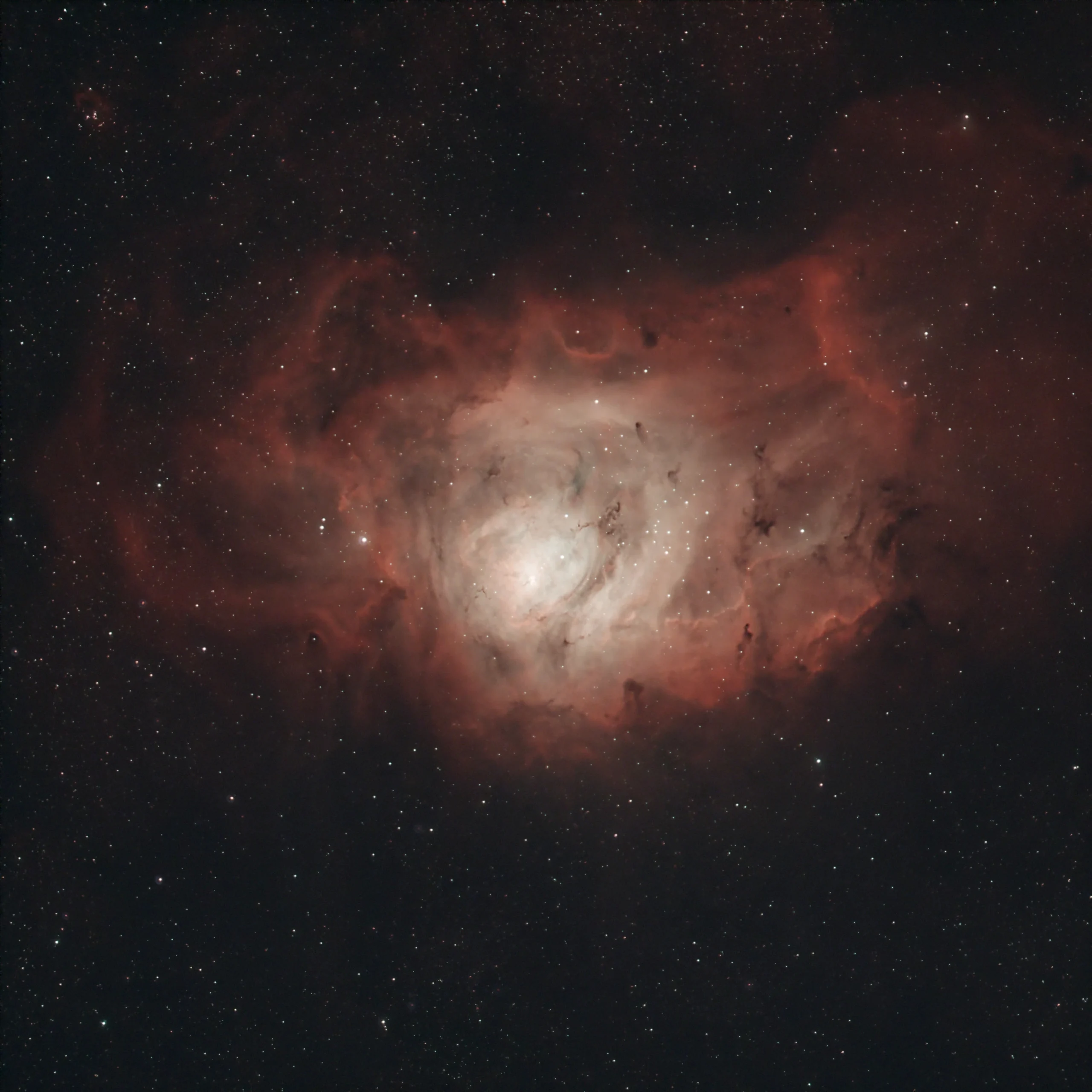
Unveiling the Lagoon Nebula in a dark sky location
In July 2023 I spent a great weekend at the CAO, where I captured 4 deep sky nebulae in one single night. In this post I will start with the Lagoon Nebula (M8) in Sagittarius.